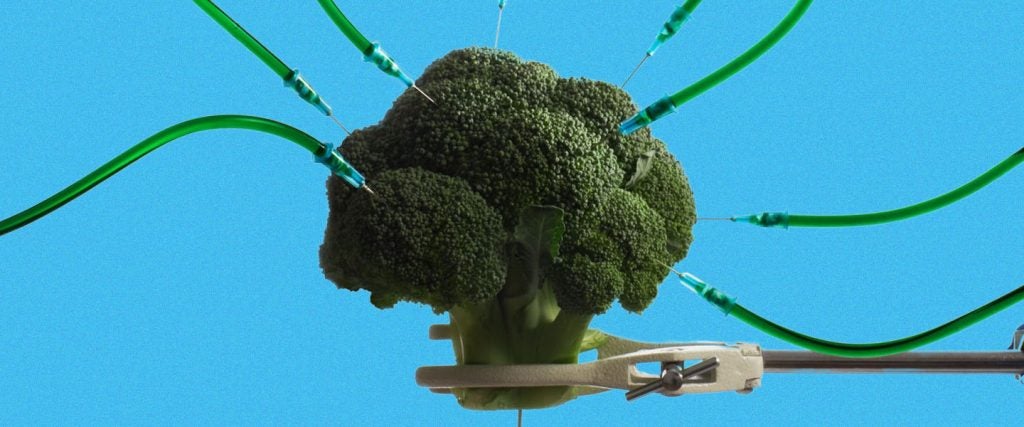I don’t know many people who consider broccoli to be their favorite vegetable. Even my dog won’t eat it, and she’ll eat just about anything. Actual poll numbers indicate that broccoli’s reputation as an object of dietary scorn may be overblown, but my day-to-day experience doesn’t bear this out.
No matter how you feel about broccoli’s flavor profile, though, it’s difficult to deny the green veggie’s overall nutrient benefits, particularly in the areas of vitamin C and vitamin K. To top it off, if you know what you’re doing, you can buy your own broccoli seeds and grow those gas-inducing gobs of greenery right in your home garden.
How can you grow broccoli at home? I heard a rumor that broccoli is man-made.
Broccoli is man-made in a sense, but probably not in the sense that you’re thinking about. It wasn’t whipped up by a nefarious plot hatched by the USDA and its National Science Laboratories. Nor was it concocted in a lab by the supervillain Plantman in an effort to poison the 41st U.S. president. Far from being the byproduct of a government scheme, broccoli is part of a long line of cultivars, which are plants bred specifically for their desired traits.
Wait a second: People breed plants together in different ways? How do they get plants to mate?
I’ll answer your question, but you need to get that look out of your eyes. We’re not here to indulge your penchant for steamy Poison Ivy fan fiction.
Typical plant breeding for traits is caused by taking the pollen of one plant containing a desired trait, and placing it in another plant with another desired trait. From there, the plants from successive generations bearing the sought-after trait are continuously bred until a stable plant form bearing those desired traits is produced.
Far from being a modern instance of genetic engineering or modification, human beings have been engaging in this practice for thousands of years. We’re just not as familiar with it these days because certain strains of knowledge that would have been common amongst the average American have been lost as the percentage of the U.S. workforce engaged in farming has drastically dwindled. In 1790, 90 percent of Americans listed farming as their occupation; today only 1.4 percent of U.S. jobs are farm-oriented.
But in a November 1842 issue of The Cheraw Advertiser, N. Goodsell wrote of the distinction between crossbreeding and in-and-in breeding amongst flowers, which he presumed most of the agricultural readers were already familiar with: “By the term cross-breeding I would be understood as meaning that process by which the pistil or female part of a flower becomes impregnated by the pollen from a flower of a different variety of this same species. By breeding in-and-in, as meaning that process by which the pistil of the flower becomes impregnated with the pollen from its own variety.”
In other words, this is a case of old information becoming new again centuries later when a large enough percentage of a populace is distanced from that knowledge for a sufficient period of time.
Wow! So how many of the plant-derived foods I eat are a product of manipulated breeding?
Many of the foods you care about, including peanuts, bananas, strawberries, almonds, grapefruits and carrots.
In particular, broccoli was made by selecting specific Brassica oleracea plants and continuously breeding those that exhibited a certain type of stem and flower. The same selective breeding process — with different types of Brassica oleracea plants selected for rebreeding based on different traits — also resulted in the production of cauliflower, cabbage, Brussels sprouts, kale and kohlrabi.
Holy smokes!
Holy smokes indeed! So the next time you hear that broccoli is man-made, you know that it’s the result of thousands of years of human ingenuity — with a few advantageous accidents tossed in for good measure — and not the flimsy pretext of a plot behind the latest edition of a Plants vs. Zombies video game.

